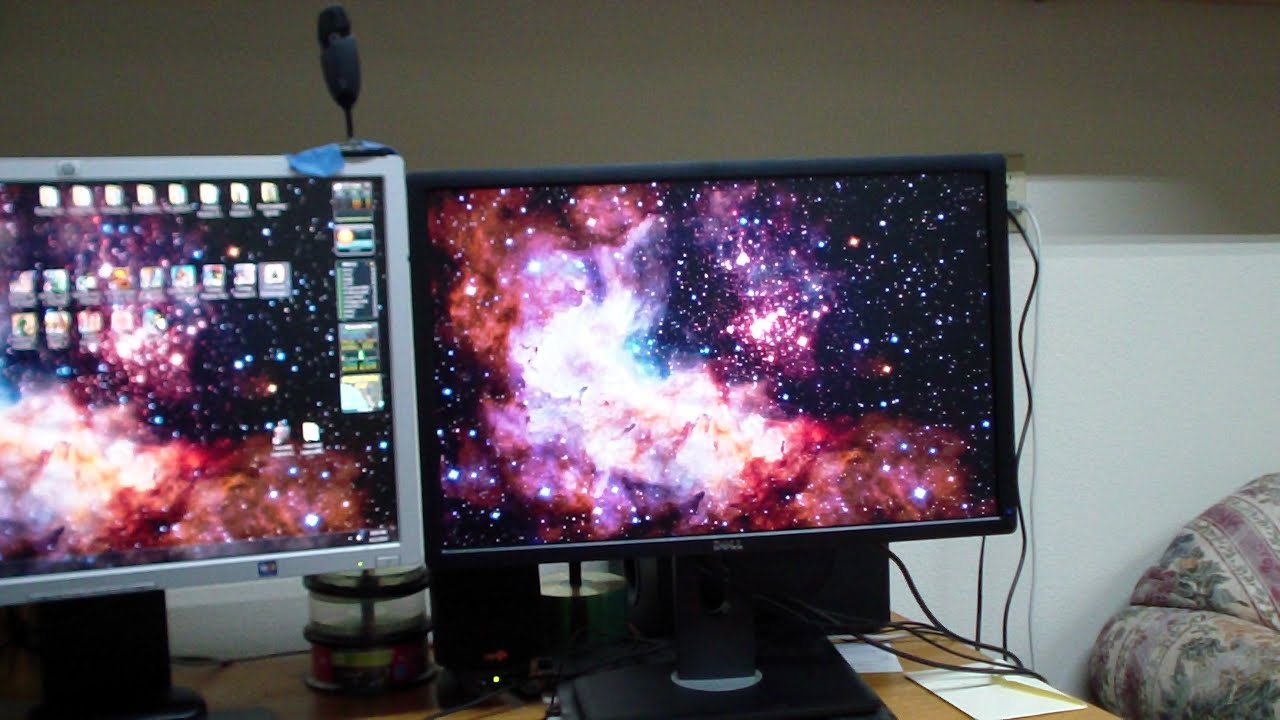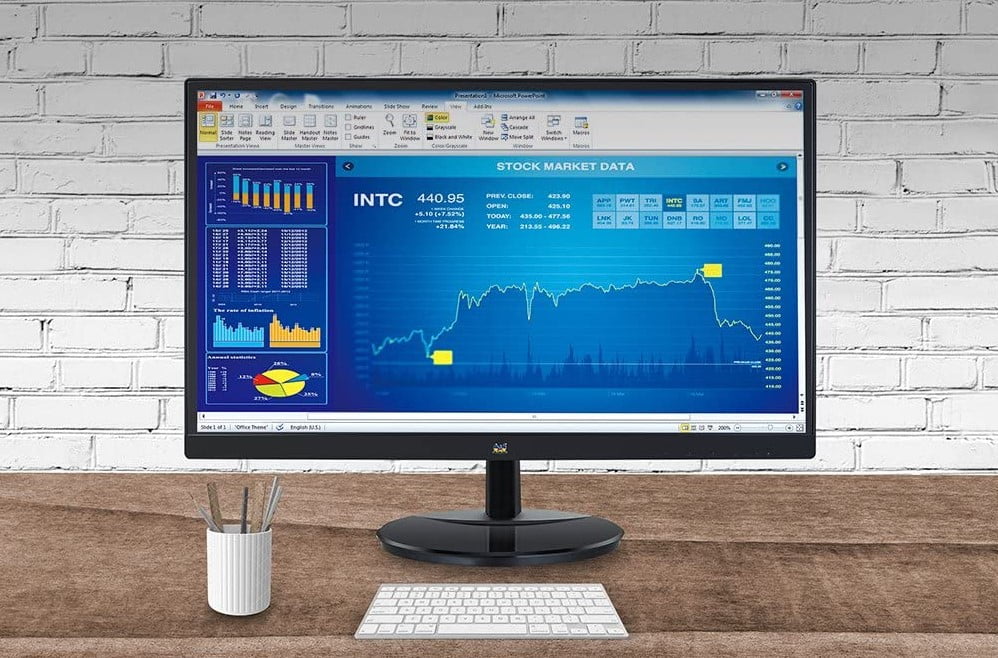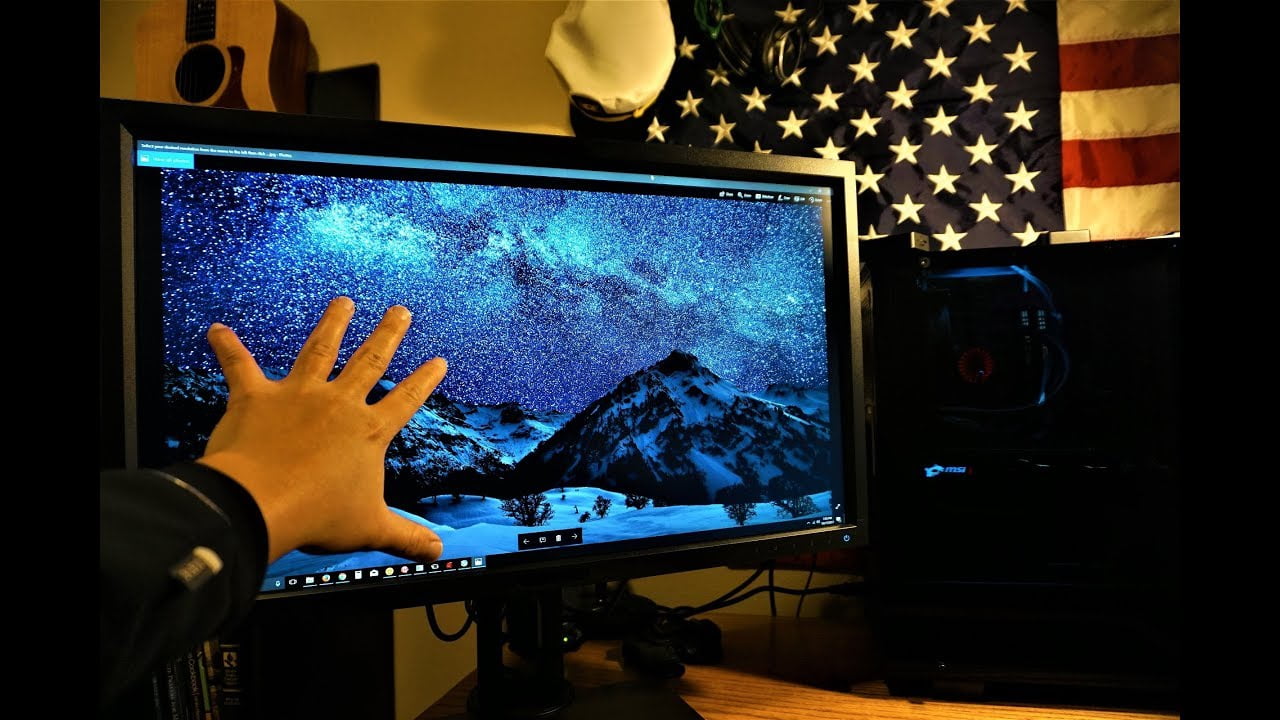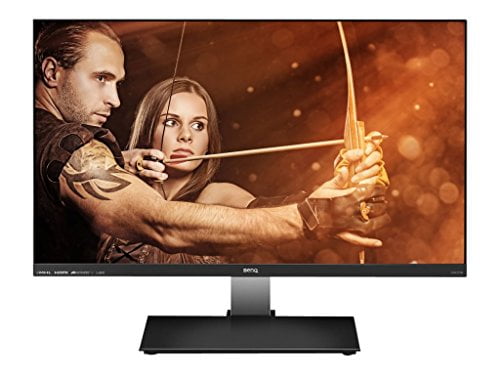If you have been shopping around for a new display, you may be wondering about color spaces and color gamut, especially with regards to DCI-P3 vs sRGB, especially if you’re in the market for a budget monitor for photo editing if the task is part of your profession or hobbies. Many of the best gaming monitors out there can access a large range of colors, after all. Keep reading to learn the differences between the two, color management, the color profile, and more.
KEY TAKEAWAYS:
- DCI-P3 and sRGB are two color gamuts or color spaces, with DCI-P3 offering around a wider color range than sRGB, to the tune of 25 percent.
- The wider gamut available with DCI-P3 monitors and graphics cards make them ideal for newer UHD and HDR monitors.
- However, most games are still programmed for sRGB, so you likely wouldn’t even notice a difference in colors until the DCI-P3 color space is widely adopted.
Differences Between DCI-P3 and sRGB
DCI-P3 is a wider color standard than sRGB, which could account for its recent surge in popularity with gamers. As a matter of fact, DCI-P3 shows 25 percent more colors, with deeper blacks, than sRGB. 25 percent is not chump change in the world of colors and is similar to when comparing FreeSync vs FreeSync 2 when measuring refresh rates and related criteria.
Insider Tip
The color gamuts supported by the display will typically be listed under the specifications.
Compatibility
Though offering more colors and more options for creativity than sRGB, the DCI-P3 color wheel is still on the newer side and has yet to become universally adopted by graphics cards manufacturers and monitor manufacturers. This means that most games are optimized for the sRGB color gamut and if your monitor or graphics card can integrate with DCI-P3, the added colors will not be noticeable. However, DCI-P3 has steadily gotten more popular, so as newer graphics cards and monitors get released, you should see support for the color wheel to rise. Extra colors mean more immersion while playing games, something to also consider when measuring curved vs flat monitors for gaming.
HDR and UHD Support
DCI-P3 is especially suited for modern ultra-HD visuals, as most 4K and even 8K monitors typically include the color wheel over the slightly antiquated sRGB color spectrum. Since HDR and UHD monitors are increasing in popularity at a rapid clip, you can consider DCI-P3 to be a more “future-proof” standard than sRGB. However, for the moment many games you play will only represent in sRGB after being scaled to match. Most HDR monitors, for instance, are technically DCI-P3 but usually feature an sRGB function that scales down the images.
Web Design
sRGB is the standard when it comes to web design, especially when dealing with mobile. As a matter of fact, viewing a DCI-P3 image or video on a standard phone or tablet screen can be relatively jarring, as the colors will look duller than what you expected.
F.A.Q.S
How does P3 compare to Adobe RGB?
While offering more colors than sRGB, DCI-P3 offers more or less the same color range as found with Adobe RGB. The primary colors pop with both, as do saturated colors. The P3 color gamut might be slightly reduced when compared to Adobe RGB, but the difference is negligible. For more details about sRGB and Adobe RGB, check out our resource content.
What are color spaces?
Color spaces are a range of colors and color gamuts. For instance, a DCI-P3 color space has 25 percent more colors than an sRGB color space.
How do all of these standards work together?
Short answer? Not really well. The multiple color standards out there have created something of a mess, necessitating solutions in the form of software down-scaling and the like. Adobe RGB, P3, and sRGB, among others, all have unique needs when it comes to their range of colors, color profile, color management, and more.
STAT: In January 2019, Asus launched the PQ22UC, a portable 21.6-inch 4K OLED screen with a 99% DCI-P3 color gamut that can run over USB-C. (source)




























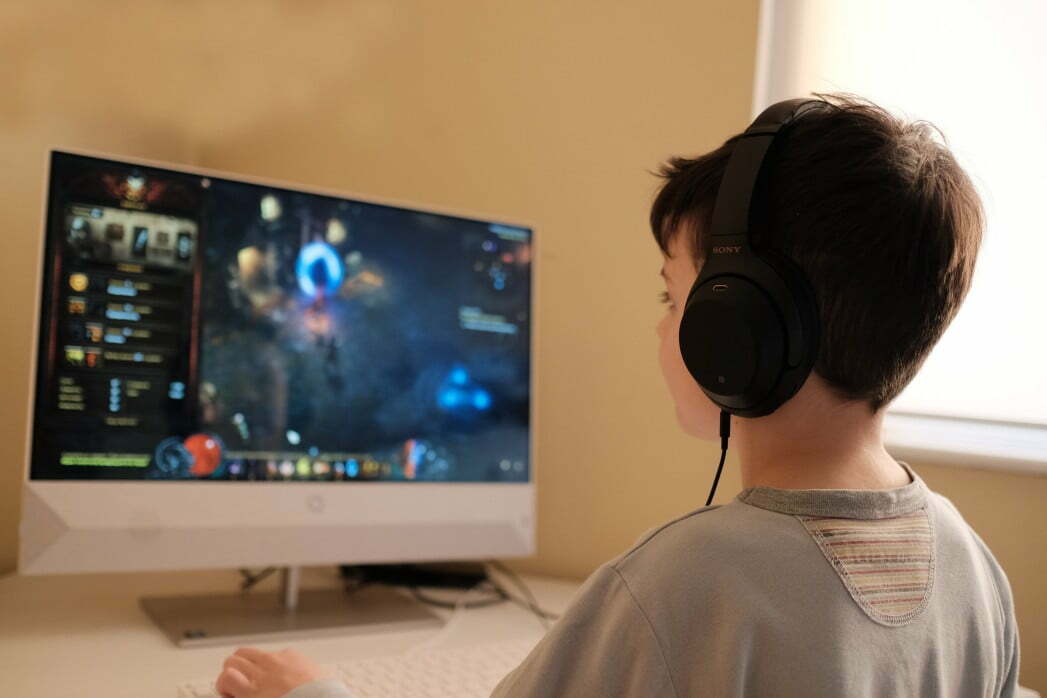
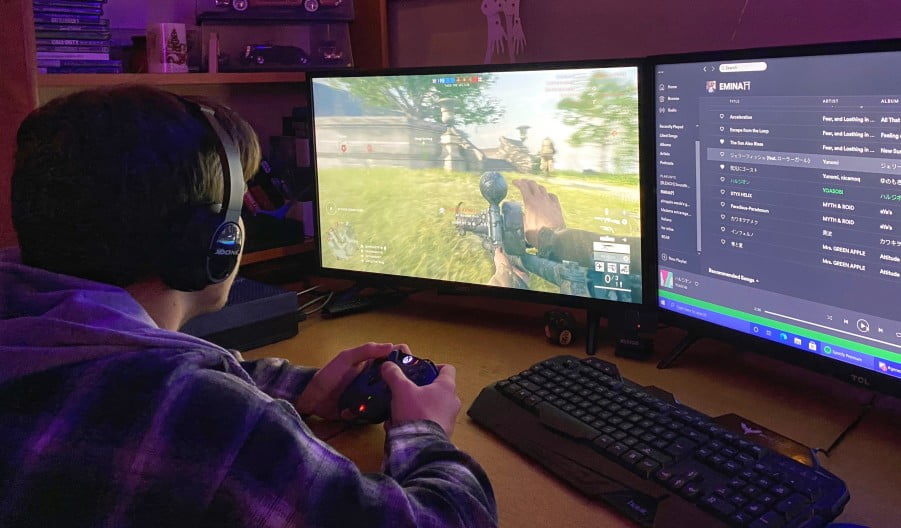
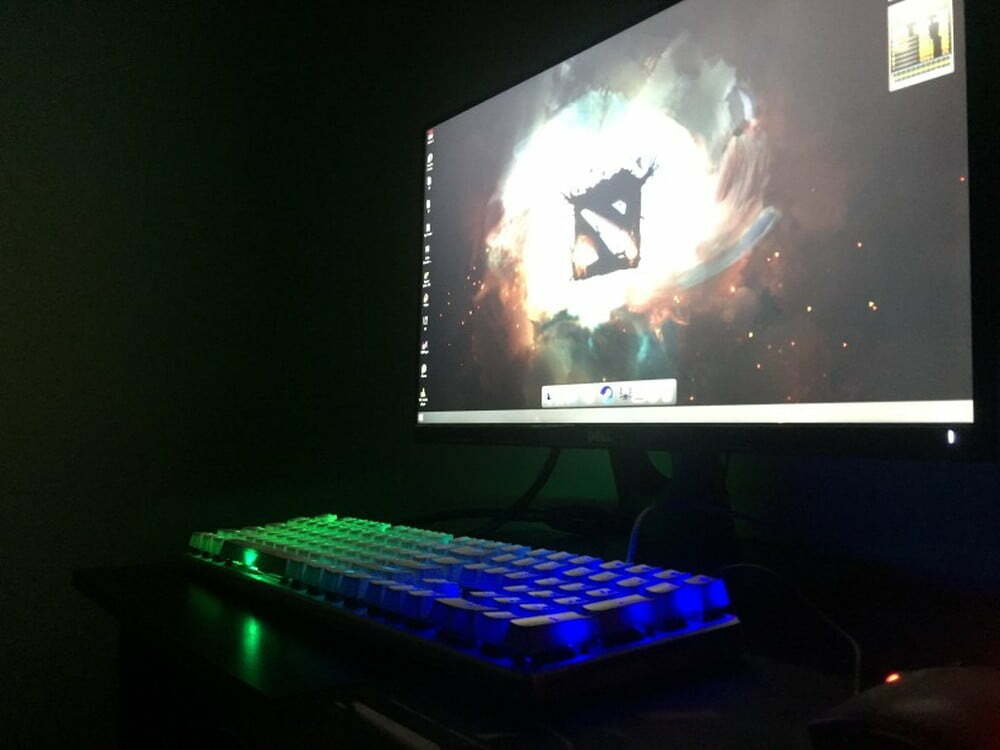



![Best 27 Inch Computer Monitor in [year] 27 Best 27 Inch Computer Monitor in 2026](https://www.gadgetreview.dev/wp-content/uploads/how-to-buy-the-best-computer-monitor.jpg)
![Best BenQ Monitors in [year] 28 Best BenQ Monitors in 2026](https://www.gadgetreview.dev/wp-content/uploads/best-benq-monitor-image.jpg)
![Best ASUS Monitors in [year] 29 Best ASUS Monitors in 2026](https://www.gadgetreview.dev/wp-content/uploads/best-asus-monitor-image.jpg)
![Best Dell Monitors in [year] 30 Best Dell Monitors in 2026](https://www.gadgetreview.dev/wp-content/uploads/best-dell-monitor-image.jpg)
![Best HP Monitors in [year] 31 Best HP Monitors in 2026](https://www.gadgetreview.dev/wp-content/uploads/best-hp-monitor-image.jpg)
![Best Lenovo Monitors in [year] 32 Best Lenovo Monitors in 2026](https://www.gadgetreview.dev/wp-content/uploads/best-lenovo-monitor-image.jpg)
![Best ViewSonic Monitors in [year] 33 Best ViewSonic Monitors in 2026](https://www.gadgetreview.dev/wp-content/uploads/best-viewsonic-monitor-image.jpg)
![Best Gigabyte Monitors in [year] 34 Best Gigabyte Monitors in 2026](https://www.gadgetreview.dev/wp-content/uploads/best-gigabyte-monitor-image.jpg)
![Best Monitors for PS4 Pro Gaming in [year] 35 Best Monitors for PS4 Pro Gaming in 2026](https://www.gadgetreview.dev/wp-content/uploads/best-monitors-for-ps4-pro-image.jpg)
![Best Monitor for Xbox Series X in [year] 36 Best Monitor for Xbox Series X in 2026](https://www.gadgetreview.dev/wp-content/uploads/best-monitor-for-xbox-series-x-image.jpg)
![Best Acer Monitors in [year] 37 Best Acer Monitors in 2026](https://www.gadgetreview.dev/wp-content/uploads/best-acer-monitor-image.jpg)
![Best MSI Monitors in [year] 38 Best MSI Monitors in 2026](https://www.gadgetreview.dev/wp-content/uploads/best-msi-monitor-image.jpg)
![Best SAMSUNG Monitors in [year] 39 Best SAMSUNG Monitors in 2026](https://www.gadgetreview.dev/wp-content/uploads/best-samsung-monitor-image.jpg)
![Best LG Monitors in [year] 40 Best LG Monitors in 2026](https://www.gadgetreview.dev/wp-content/uploads/best-lg-monitor-image.jpg)
![Best AOC Monitors in [year] 41 Best AOC Monitors in 2026](https://www.gadgetreview.dev/wp-content/uploads/best-aoc-monitor-image.jpg)
![Best Philips Monitors in [year] 42 Best Philips Monitors in 2026](https://www.gadgetreview.dev/wp-content/uploads/best-philips-monitors-image.jpg)
![Best Monitors For PUBG in [year] 43 Best Monitors For PUBG in 2026](https://www.gadgetreview.dev/wp-content/uploads/best-monitor-for-pubg-image.jpg)
![Best Stream Decks in [year] 44 Best Stream Decks in 2026](https://www.gadgetreview.dev/wp-content/uploads/best-stream-deck-image.jpg)
![Best Monitors for Streaming in [year] 45 Best Monitors for Streaming in 2026](https://www.gadgetreview.dev/wp-content/uploads/best-monitor-for-streaming-image.jpg)
![Best Monitors For Flight Simulator in [year] 46 Best Monitors For Flight Simulator in 2026](https://www.gadgetreview.dev/wp-content/uploads/best-monitor-for-flight-simulator-image.jpg)














